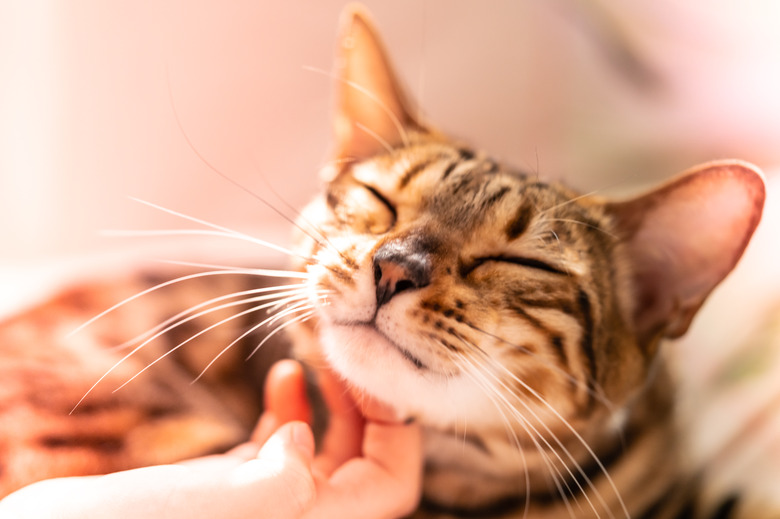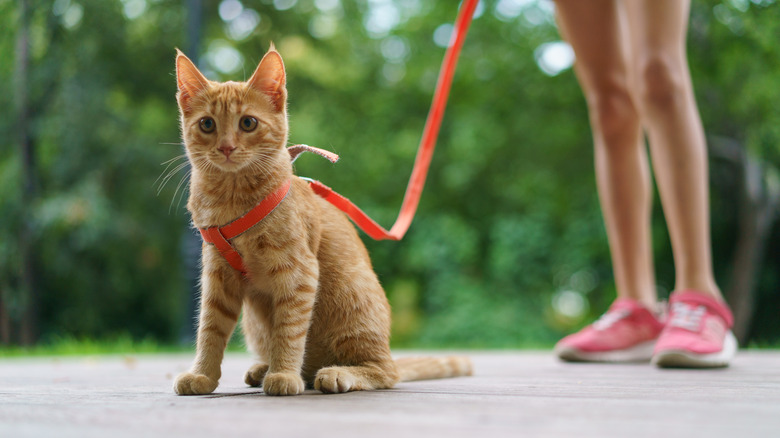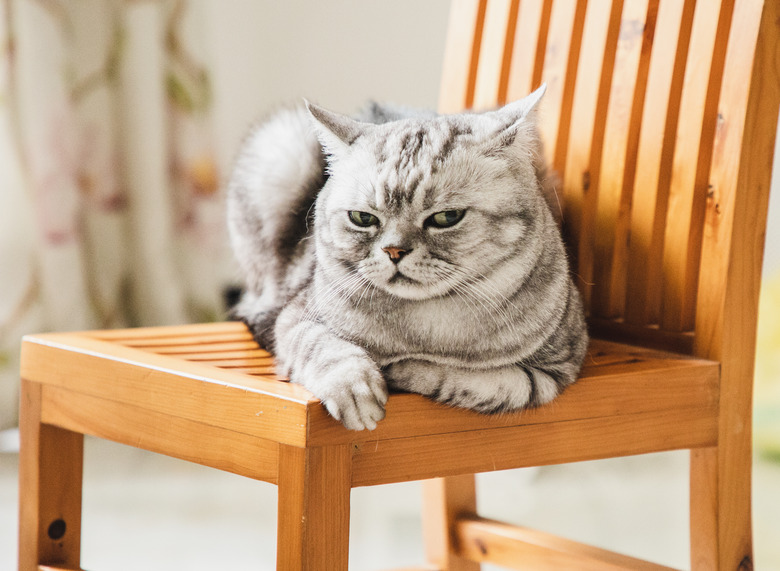How To Keep Cats From Urinating In House Plants
Like all animals, cats spent most of their history living outdoors — not in apartments, condos, or townhomes. This is one reason why a cat peeing in plants may be hard to stop — indoor plants are attractive to them (they remind cats of their natural surroundings), and they like the soft surface of the soil.
If your cat is continuing to relieve itself in your plants, the key is to make the plants less attractive targets. Understanding why cats urinate on house plants and how to make them less-interesting targets will help you end this problem in your home.
Causes of cat peeing in plants
Causes of cat peeing in plants
It might not be your plants that are attracting your cat, but the potting soil instead. Cats like soft surfaces for relieving themselves. This includes materials like dirt, sand, or other soft surfaces cats can easily move with their paws before and after relieving themselves.
Cats also like the outdoors, and plants remind them of their preferred setting, so plants are obvious targets for them to get back to nature. Your cat may also not like its litter box. This could be for a number of reasons, including the litter you're using, the fact that it's not as clean as the cat would prefer, or the location.
Make plants less attractive
Make plants less attractive
You can make your house plants less attractive to cats using a number of tactics. First, trying covering the dirt with a material that won't rot or mildew. Try bird netting or landscape fabric, available at nurseries or in the garden section of big box stores. These materials cover the soil but won't suffocate the plant's roots. You can also use chicken wire, which is easy to cut into the right shape with some metal clippers.
You can also add materials to the soil that help deter cat peeing in plants. You can try spiny pine cones or unpolished rocks (just make sure the materials won't hurt the cat if it jumps in the planter). Try smelly objects that won't stink up your house, but are unpleasant to a pet's nose when it's in close contact, such as cayenne pepper, dried mustard, or other spices. Cat also dislike citrus, so try adding orange, lime, or lemon peels, recommends Gardening Know-How.
Talk to your vet before putting any natural or synthetic chemicals into the soil to make sure they won't hurt your cat if ingested. Avoid mothballs, which are toxic to cats. Also check to make sure the spice or other additive won't harm the plant. Organic options like Neem oil, diatomaceous earth, coffee grounds, and crushed eggshells are actually helpful to plants — either helping them grow or warding off pests. If these natural products don't work, try a cat repellent spray.
Re-think your litter box
Re-think your litter box
A cat peeing in plants that are indoors may not be happy with its litter situation. Experiment with your litter box to make it more attractive to your cat. If you can keep two litter boxes, you can experiment with different placements, sizes, and materials to see which your cat prefers. Cleaning a litter box every day can get old, but imagine you're a cat who has to use an area that's only cleaned once a week.
If the problem is bad enough, consider investing in a self-cleaning litter box. Maybe the problem is that the box is near a vent, under a fan, in the hot sun, or in another area the cat finds annoying. Moving a litter box is often a simple solution to a cat urination or defecation problem.


